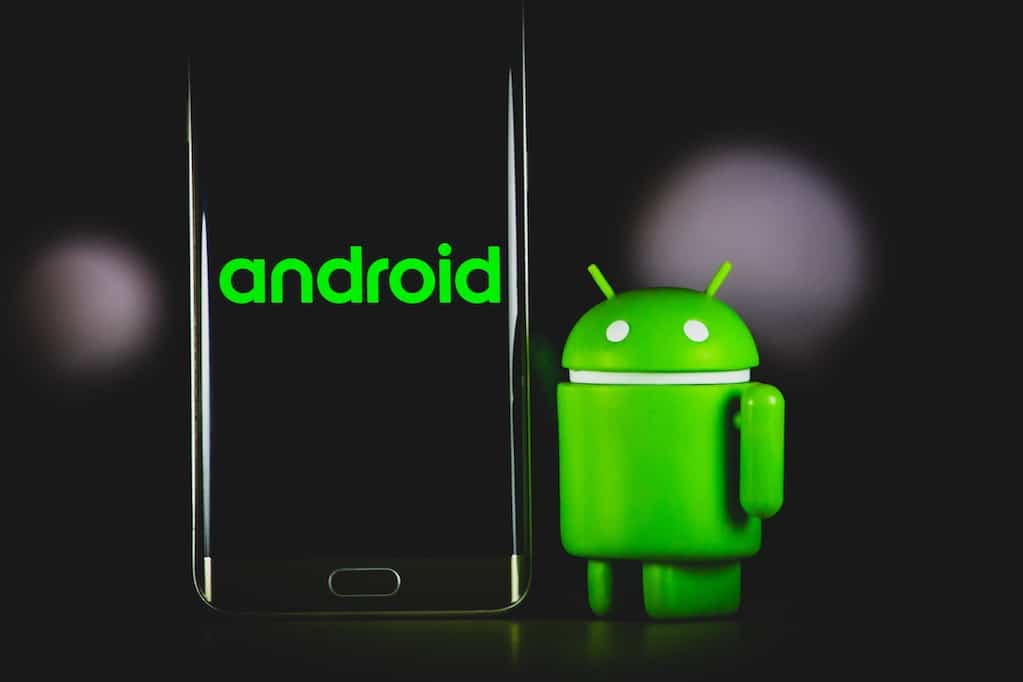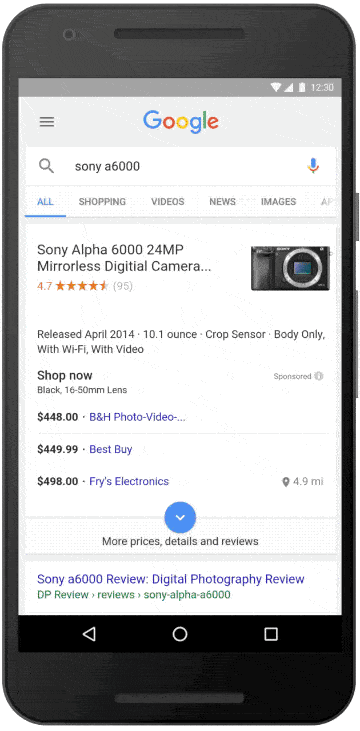
Photo by Denny Müller on Unsplash
Take a quick glance at your phone. How many of those apps did you download for a one-time use, only to never open them again? If you’re like most consumers, it may be almost all of them — as high as 97% of your apps. This is exactly the issue that Android Instant Apps are meant to address.
Instant Apps: What Are They?
Android Instant Apps are key pieces of apps that can run instantly, allowing consumers to experience an app’s flagship content or features without having to install the app first. First introduced in 2016, Instant Apps only became widely available last year, and adoption has been slowly but steadily growing.
Consumers can access Android Instant Apps in two ways: one, by clicking “Try Now” on any app with Instant App functionality in the Google Play Store; or two, by clicking on a URL and jumping straight to a specific experience within an Instant App.
For example:

Source: https://techcrunch.com/2017/01/23/google-starts-testing-instant-apps-in-the-wild/
In this example, a consumer is searching for digital cameras online. The search results reveal that the best price for a camera is within an app. Instead of having to pause their shopping experience to download the app, the consumer can simply click on the link and go directly to that page within the app, as if it was just another page on the web.
Looks pretty seamless, right? But as with any new technology, there are pros and cons, especially for you as an app developer or marketer. Let’s dig into them below.
The Pros
First, let’s take a look at the good news. An Instant App could be a boon to your business by:
1. Reducing Install Friction and Drop-Off
In the example above, some shoppers, upon seeing that they would have to download an app to secure a certain price, might avoid the app altogether. That’s a barrier to entry, and bad news for business. But with Instant Apps, shoppers can jump straight into an app experience just as easily as a website. It’s a win-win: the customer gets the price they want, and the business gets a new customer and their associated revenue.
2. Making e-Commerce a Breeze
Speaking of e-commerce, Instant Apps make online purchasing even easier by offering instant access to Android Pay. This means that customers who visit your app with the intent to purchase (and who have enabled Android Pay) are already logged in, ready to buy in a few quick clicks.
3. Providing a Better User Experience
One of the things that users love about apps is their superior functionality over mobile websites. Most apps offer optimized animations, intuitive design, and faster speeds compared to their mobile website counterparts. Android Instant Apps present an opportunity to present consumers with your brand’s best experience — without having to download your app to get it.
4. Increasing Discoverability
Because Instant Apps allow your content to be accessible outside of your app — and not hidden within it — users have a greater chance of finding your business. With the option to have your app served up in search results like any other site on the web, Instant Apps can increase traffic and bring your business new consumers who wouldn’t have found your app otherwise.
Plus, They’re Pretty Simple to Implement
All you have to do to get going is to update your existing app. According to Google, Instant Apps use “the same Android APIs, the same project, the same source code.” Since there is no need to create a new, separate app, a skilled developer could likely update your app to an Instant App within a day or two.
The Cons
With every upside comes a potential downside. Depending on your specific business needs, you may find that cons include:
1. Making Your App Less Sticky
Although no required download means customers could more easily discover your app or make a purchase from your business, it also means that they probably won’t have your app installed on their phone at the end of the day. Without that connection to your customer, you’re missing a key channel through which to send push notifications and keep them engaged. As a result, marketers must pay attention to how they can best nurture customer relationships once users are in the funnel — app or not.
2. Limiting File Size
Instant App file sizes are limited to 4MB for each feature or page within an app. This means you won’t be able to showcase your best rich media on an Instant App if it takes significant data to run, and mobile games are mostly limited to puzzles or 2D platforms for now.
3. Existing Only for Android Users
Although millions of users have access to Instant Apps, as they’re supported by Android versions dating back to Jelly Bean, they aren’t available on iOS. Apps with low Android adoption or businesses focused on Apple products may want to think twice about dedicating focus to a technology that only a portion of their customers can access.
What Instant Apps Mean for the Web + App Relationship
As we called years ago and continue to watch with vigilance, the relationship between web and app continues to grow closer and more intertwined. It’s likely only a matter of time before Apple serves up its own version of Instant Apps, so marketers are better off preparing for this new technology than expecting it to only affect Android users.
The sooner marketers sync their web and app strategies, they better they’ll be able to reach and retain customers in this increasingly mobile, connected, people-centric ecosystem. It’s no longer enough to do just web or apps well — businesses truly must do both, measure both, and unify both, or they risk leaving money on the table.
Have questions about Android Instant Apps? Read the FAQ here.
Author
Becky is the Senior Content Marketing Manager at TUNE. Before TUNE, she handled content strategy and marketing communications at several tech startups in the Bay Area. Becky received her bachelor's degree in English from Wake Forest University. After a decade in San Francisco and Seattle, she has returned home to Charleston, SC, where you can find her strolling through Hampton Park with her pup and enjoying the simple things in life.



